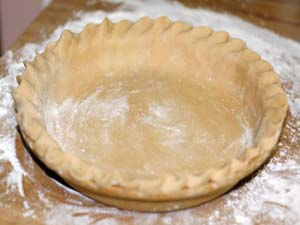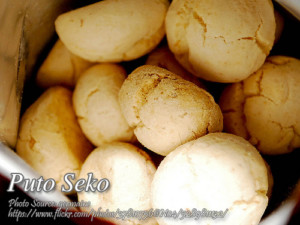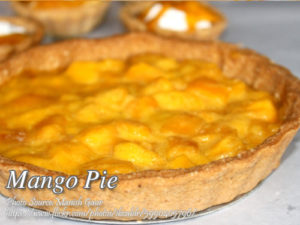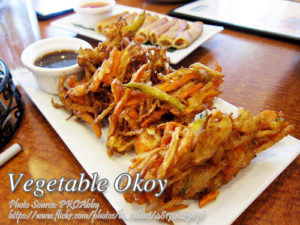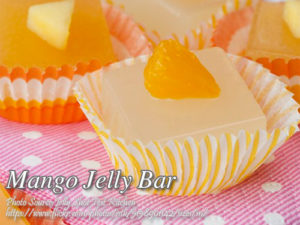The secret to a delightful pie is the crust. Two outstanding characteristics of a good pie crust are flakiness and tenderness. These characteristics are best achieved by restricting gluten development to the minimum and this is done by the use of hydrogenated fat or shortening. Hydrogenated shortening is elastic and pliable with a greater ability to coat the flour particles when cut into the ingredients.
Another way is to mix the ingredients as quickly as possible. Rolling, mixing and kneading the dough all help to develop the gluten strands in flour. Minimum gluten development for flaky pie crust is achieved by lightly mixing the ingredients just enough to make the fat molecules coat the flour particles to form small lumps. These fat-coated flour lumps spread out into layers when the dough is rolled to make a flaky product.
Still another way is to use as little liquid as possible. The presence of moisture helps develop the gluten. The last way is to have all ingredients at room temperature. Cold ingredients added to the mixture solidify and harden fat limiting its ability to coat the flour.
